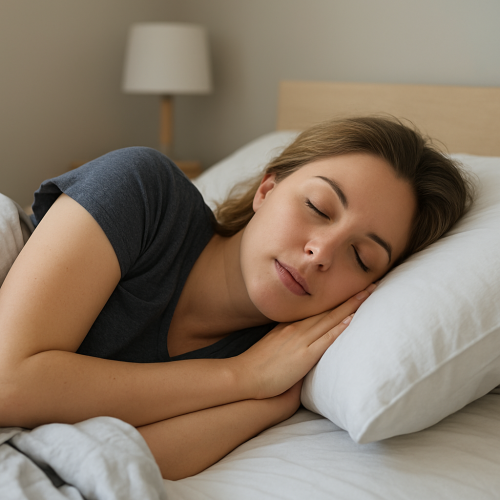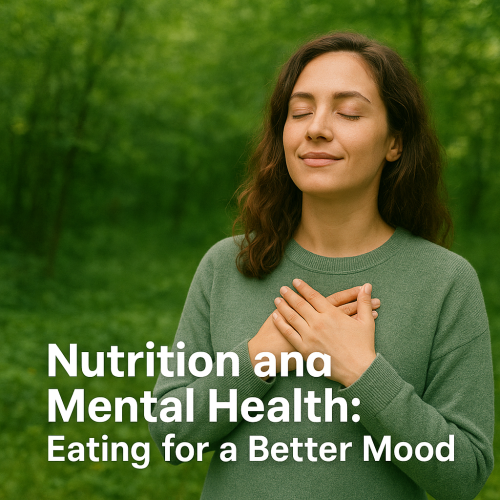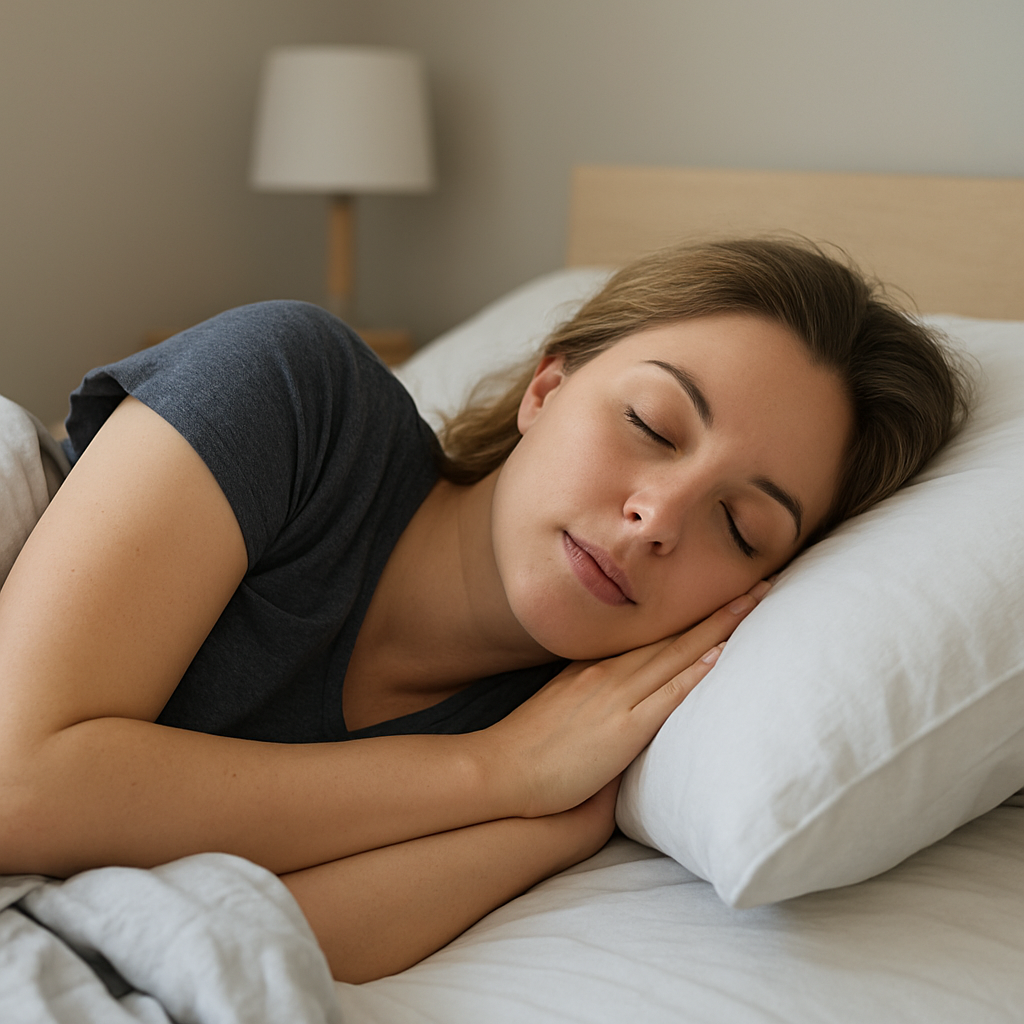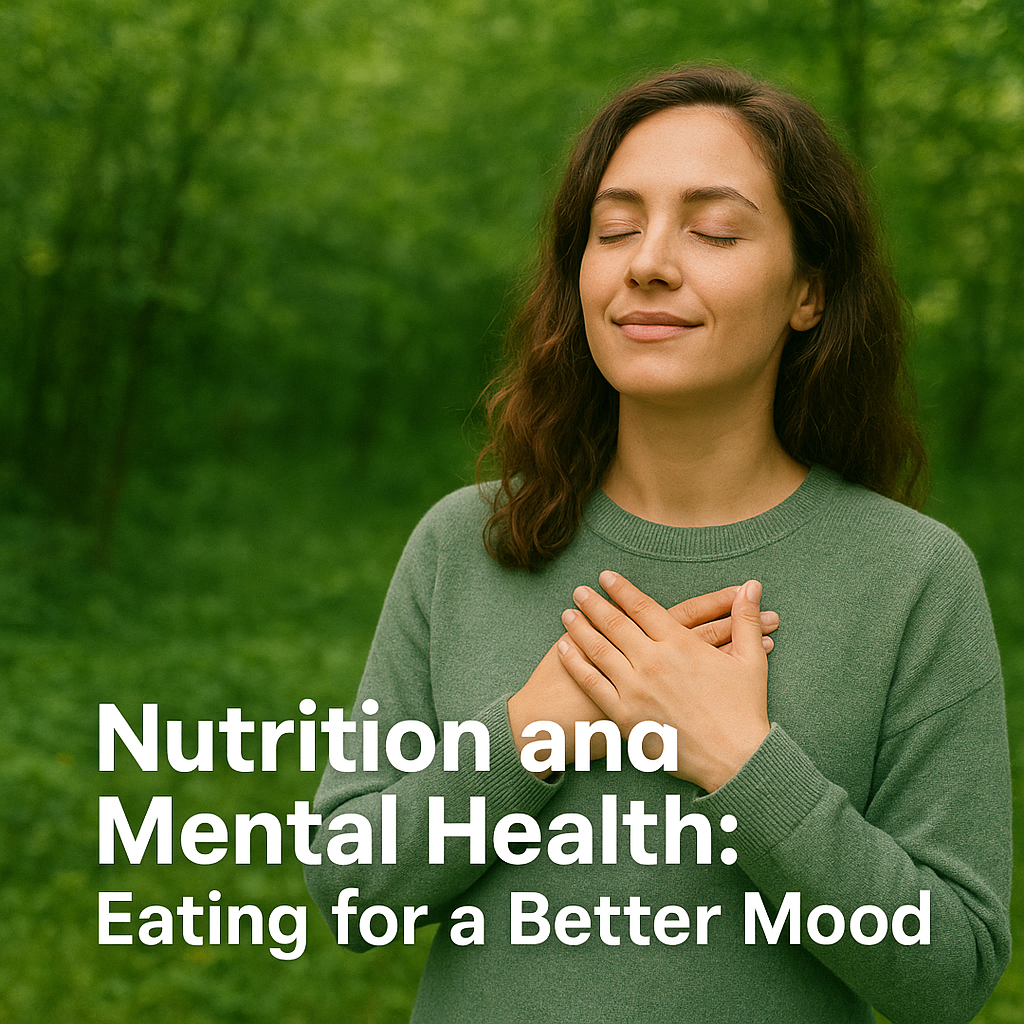When people think about exercise, they often focus on weight loss or physical fitness. But physical activity is just as important for the mind as it is for the body. Regular movement can reduce stress, improve mood, and even protect against long-term mental health challenges.
This article explores the deep connection between physical activity and mental well-being, along with practical tips for making exercise a natural part of your life.
How Exercise Affects the Brain
Exercise directly influences the brain through chemical and structural changes:
- Release of endorphins – These are natural mood-boosting chemicals that reduce pain and create feelings of happiness.
- Reduced cortisol – Physical activity lowers levels of the stress hormone, easing tension and anxiety.
- Improved sleep – Regular movement helps regulate sleep cycles, which are essential for emotional balance.
- Neuroplasticity – Exercise encourages the growth of new brain cells, supporting memory and learning.
These changes show that movement is not just about muscles—it’s about mental resilience too.
Physical Activity and Stress Relief
When stress builds up, the body enters “fight or flight” mode, increasing heart rate, tension, and worry. Exercise provides a healthy outlet for that built-up energy. Activities like walking, jogging, or dancing calm the nervous system and signal safety to the brain.
Even a 10-minute walk outdoors can reduce stress and bring clarity.
Exercise and Mood
Movement has a strong impact on emotional well-being. Studies show that regular physical activity can:
- Reduce symptoms of mild depression
- Boost confidence and self-esteem
- Increase motivation and energy
- Create a sense of accomplishment
This is why exercise is often called a “natural antidepressant.”
The Role of Physical Activity in Anxiety
Anxiety often causes restlessness, tension, and racing thoughts. Exercise helps by:
- Releasing tension stored in muscles
- Shifting focus from worries to movement
- Promoting steady breathing and heart rate
- Creating a meditative rhythm through repetitive motions
Activities such as swimming, cycling, or yoga are especially effective in calming anxious minds.
Social Benefits of Physical Activity
Many forms of exercise also involve community and connection, which are vital for mental health. Joining a group class, walking with a friend, or playing a team sport combines the benefits of movement with social interaction. These connections provide support, laughter, and a sense of belonging.
Best Types of Exercise for Mental Health
Not all exercise has to be intense to be effective. The key is consistency. Here are some excellent options:
- Walking or jogging – Simple and accessible, perfect for stress relief.
- Yoga – Combines movement with mindfulness and breathing.
- Dancing – Fun, creative, and energizing.
- Cycling – Builds stamina while offering time outdoors.
- Strength training – Boosts confidence and physical control.
- Tai chi or qigong – Gentle movements that promote calmness.
How Much Exercise Do You Need?
Experts recommend at least 150 minutes of moderate activity per week, which equals about 30 minutes, five times a week. But even small amounts make a difference. A short walk, a few stretches, or 10 minutes of dancing can improve mood.
Overcoming Barriers to Exercise
It can be difficult to start or maintain a fitness routine. Here are strategies to stay motivated:
- Start small – Just 5–10 minutes a day.
- Choose activities you enjoy – It doesn’t have to be the gym.
- Make it social – Invite a friend to join.
- Schedule it – Treat it like an important meeting.
- Celebrate progress – Focus on how you feel, not just results.
The Long-Term Impact on Mental Health
Regular physical activity builds resilience over time. It helps you handle stress more effectively, improves memory and focus, and increases overall life satisfaction. It’s not about becoming an athlete—it’s about moving consistently to support both body and mind.
Final Thought: Move for Your Mind
Exercise is one of the most powerful tools for mental well-being. Whether it’s a walk in the park, a dance session in your living room, or a yoga class, every movement counts. By making physical activity a regular habit, you’re not just strengthening your body—you’re nurturing your mind.








